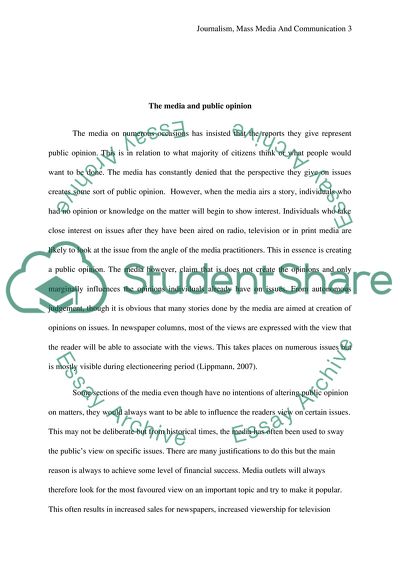Cite this document
(Reflect or Shape Essay Example | Topics and Well Written Essays - 2750 words, n.d.)
Reflect or Shape Essay Example | Topics and Well Written Essays - 2750 words. https://studentshare.org/journalism-communication/1825633-do-the-media-reflect-or-shape-public-opinion
Reflect or Shape Essay Example | Topics and Well Written Essays - 2750 words. https://studentshare.org/journalism-communication/1825633-do-the-media-reflect-or-shape-public-opinion
(Reflect or Shape Essay Example | Topics and Well Written Essays - 2750 Words)
Reflect or Shape Essay Example | Topics and Well Written Essays - 2750 Words. https://studentshare.org/journalism-communication/1825633-do-the-media-reflect-or-shape-public-opinion.
Reflect or Shape Essay Example | Topics and Well Written Essays - 2750 Words. https://studentshare.org/journalism-communication/1825633-do-the-media-reflect-or-shape-public-opinion.
“Reflect or Shape Essay Example | Topics and Well Written Essays - 2750 Words”. https://studentshare.org/journalism-communication/1825633-do-the-media-reflect-or-shape-public-opinion.


